人教版新目标初中英语八年级下册Will people have robots教案
-
- 页数:26页
- 字数:约 27814 字
- 大小:231.50KB
- 格式:.doc
- 版本:Office2016及以上版本
- 作者:二十四设计
Will people have robots教案
Will people have robots?教案一
Teachinggoals:
1.Words&phrases:robot, paper, less, fewer, simple, unpleasant, factory, seem, etc .
2.will 构成的一般将来时态的陈述句、否定句、疑问句及回答.

3.There be 句型的一般将来时.
4.more , less , fewer 的用法.
5.学习一般将来时态的相关知识,学会对未来进行预测.
6.对five years ago ,today ,in five years 简洁回顾与展望的方式,贴近实际符合学生心理,激发学习兴趣.
7.通过时间对比复习一般过去时态、一般现在时态,巩固一般将来时.
Important and difficultpoints :
1.will构成一般将来时态的句式。
2.There be 句型的一般将来时态。
3.more , fewer , less 的用法。
4.How to makepredictions .
Period 1
Teaching procedures:
Step 1 Leading in
1.Greetings: Welcome toschool .
What’s the date today ? Who’s on duty today ?
Do you enjoy yourwinter holiday ?
Do you finish yourhomework ?
Do you want to live onthe moon ?
Can you guess what willhappen in ten years ?
Collect the Ss’ answers and say something about theirpredictions .
Step 2 Pre-task
SB Page 2 ,1a .
1.Look at the picture:How will the world be different in the future ,100 years from now ?We’re going to talk about sth in 100 years .
2.Read each predictionsto the class .Explain the new vocabulary .
3.Read the instructions.Make sure Ss know what they should do .
4.Do it by themselves .
5.Talk about theanswers with the class .
Explain :一般将来时态
构成: will / be going to +动词原形
Step 3 While-task
SB Page 2 ,1b .
1.Practise reading thesix predictions .
2.Read the instructionsto Ss .Circle the things you hear on the recording .
3.Play the tape twice .
4.Play the tape a thirdtime .At the same time ,check the answers .
SB Page 2 , 1c .
1.Pay attention to thedialogues .
2.Read the dialoguesfluently .
3.Pairwork .Work inpairs to make predictions according to the sample .
4.Ask several pairs toshare their conversations to the class .
SB Page 3 , 2a & 2b.
1.Read the predictions.
2.Read the instructionsand point out the sample answer .
3.Play the tape twice.Ss circle the word they hear in each sentences: more , less , fewer .
4.Check the answers .
学生探究: less , fewer 的区别。
Step 4 Post-task
1.Point to the examplein the sample dialogue .Practice reading .
2.Look at activity 2b.Groupwork:Take turns to make conversations about the predictions .
Grammar Focus:
1.Review the grammarbox .Ss say the statements and responses .
2.Make summaries about “will” ,“fewer” and “less” .
Homework:
1.Make predictionsabout yourself in 10 years .Write down 5 sentences .
2.Go over the new words.
教学后记:
Period 2
Teaching procedures :
Step 1 Leading in
1.Greetings and freetalk .
2.Check their homework:Ask two or three Ss to speak out what they wrote down .(教师作出适当的评价)
Step 2 Pre-task
1.Go over what welearnt yesterday .
2.通过三种时间的对比简略复习一般过去时与一般现在时。
Step 3 While-task
SB Page 4 , 3a .
1.Point to the threepicture and say :This is Sally .The first picture is Sally five years ago ,thesecond one is Sally now ,and the third one is Sally five years in the future .
2.Read the instructions.
3.Complete filling inthe blanks individually .
4.Check the answers .
5.Practise reading.Then ask some Ss read them out .
SB Page 4 , 3b .
1.Look at activity 3a.Make predictions about Sally .
2.Point to the examplein the sample dialogue .Ask two Ss to read the dialogue to the class .
3.Practise reading .
4.Pairwork .Make theirpredictions about Sally .
Step 4 Post-task
1.Write about yourself.
With the help of thesample of Sally .We can write sth about ourselves five years ago ,today and infive years .
2.Complete the workindividually .
3.Review the task .Aska few more Ss for answers .
Homework :
Draw a picture of thecity in 20 years .Describe it to the class .
教学后记:
Period 3
Teaching procedures :
Step 1 Leading in
1.Greetings .
2.Say yourselves :fiveyears ago , today and in five years .
3.Check the homework.
Step 2 Pre-task
SB Page 5 , 1a .
1.Look at the form andread the headings to the class .Make sure the Ss know what they mean .
2.Read the list ofseven words .Explain the new words .
3.Write each word inthe correct column .Check the answers.
SB Page 5 , 1b .
1.Read the wordsalready written on the chart .
2.Groupwork: Thinkabout what we learned before .Write some words in the chart above .Divide theclass into groups of four ,let them have a competition .
Step 3 While-task
SB Page 5 , 2a .
1.Look at the picturescarefully .Can you guess what we’ll listen ?Talk about them .
2.Read the instructions.We’ll listen to 3conversations .Number the pictures 1-3 .
3.Play the tape twice.Check the answers .
SB Page 5 , 2b .
This activity is easy,I think .For we know the conversations are talking about Alexis 10 years ago,today and in 10 years .
1.Read the instructions.
2.Pay attention to thesentences and the verbs in the box .
3.Play the tape andcorrect the answers .
Step 4 Post-task
1.Read the instructions.
2.Pairwork. One isAlexis, one is Joe .
3.Point out the examplein the sample dialogue .Read it to the Ss .
4.Talk about Joe’s life now , ten years ago and in ten years.
5.Ask some pairs of Ssto say their dialogues .
Homework:
1.Go over the words .
2.写一篇50个单词左右的小短文,预测与展望未来我们的学习和生活。
教学后记:
Period 4
Teaching procedures:
Step 1 Leading in
1.Greetings .
2.Ask two Ss to say sthabout Joe .
3.Check their homework.
Step 2 While-task
SB Page 6 , 3a .
1.Read the instructions.
2.Give Ss 3 minutes toread the passage , tick out the new words.
3.Explain the new wordsand practice reading .
4.Point out the chart.Read the column headings to the class .
5.Read the passageagain .Write words from her answers in the correct columns below .
6.Check the answers .
7.Practise reading .
SB Page 6 , 3b .Playinga game :Who write it ?
1.Ss write about theirlife in ten years on a piece of paper but don’t write names on the paper .
2.Put all the Ss’ papers together .
3.Take turns readingthe paper .The other Ss guess who wrote it .
Step 3 Post-task
SB Page 6 , Part 4 .
1.Read the questionsbelow .
2.Ask two Ss to readthe dialogue .
3.Answer the questions.
4.Pairwork. Get yourpartner’s answers .
5.Share a few Ss’ conversations .
Homework:
1.Finish selfcheck astheir homework .
2.Go over the words inthis unit .
教学后记:
Period 5
Teaching contents:
Reading :Do you thinkyou will have your own robot ?
Teaching procedures :
Step 1 Leading in
1.Greetings and freetalk .
2.If possible,draw arobot on the Bb or put up a picture of a robot.
Tell :What does it looklike ? What can it do ?
3.Tell your partnerwhat you know about robots .
Step 2 Pre-task
SB Page 8 , 1b .
1.Read the title of thepassage .
2.Look at the picturetogether .Ask a few Ss to describe What they see .
3.Read the words andphrases in the box .Practice reading the words .
4.Circle the words youthink you will read in the passage .
Step 3 While-task
SB Page 8 .
1.First let Ss scan thepassage for the main idea .
2.Explain something .
help sb with sth /dosth
do the same as …
make sb do sth
It takes /took /willtake …
3.Ask a fewcomprehension questions around the class .
4.Read the passage bythe Ss .
Step 4 Post-task
1.Go through thereading again .
How many words in 1bdid you correctly predict ?
2.Go over thestructures in SB Page 9 , 3b .
Make their ownsentences .
Homework:
1.To make sure the Ssunderstand the passage .and I want to know whether they’re careful in the class ,let Ss translatethe passage into Chinese .
2.Go over this unit .
3.Make their ownsentences .
4.What ways do youthink a robot will help you and your family in the future .Write your ideas .
Will people have robots?教案二
Will people have robots
Ⅰ.Teaching
aims
1. Knowledge aims:
⑴.words: robot, paper, use , less, fewer, tree, building, space, fly, moon…
⑵ Conversation:
A: Will people use money in 100 years?
B: No, they won’t. Everything will be free. Will people live to be 200 years old?
A: Yes, they will.
2. Ability aims:
⑴ Learn to talk about the future using will.
⑵ Learn to make predictions.
3. Emotion aims:Learn to study hard.
II. Main Points
1.What do you think life will be like in 100 years?
2.Every home will have a robot.
3. Will kids go to school?No, they won’t. They’ll study at home.
4.There will be fewer trees.
III. Difficult points
There will be …
IV.TeachingMethod
Task-based teaching method
V. Teaching aids
Radio, pictures.
Procedures
Steps
Contents
Aims and Demands
Warming up
1. Greetings.
2. Free Talk.
Arouse the Ss’ interesting of learning and make a comfortable situation for the students.
Pre-task
1. Ask students to think about the life in the future , they may talk about it in Chinese when necessary.
2. Show the pictures of future and help the students to learn and talk.
Learn the key words.
Enable the Ss learn to share the information in their groups.
Lead in
Task 1
1. Teacher present the following sentences:
T: Will people have robots at home?
S: Yes, they will.
T: Will kids go to school?
S: No, they won’t . They will study at home.
T: Will people live to be 200 years old ?
S: Yes, they will.
2. Ask the Ss to make a list, What will be in the future.
3. Ask some students to report.
Present and master the main points and difficult points.
Enable the students to use the key sentences to finish the task.
Task 2
1. Present the sentence.
There will be more/ less/ fewer people. Etc.
2.Ask Ss to discuss and do 2a.
3. Ask some students to report.
Learn to make predictions with There will be…
Enable the students to use the key sentences to finish the task..
Master the main and difficult points.
Task 3
1. Ask one students to talk about more the future and express their opinions.
2. Ss make a conversation.
Arouse the interestingand enable the Ss to predict and learn to work in groups.
Post-task
1. Students report the result.
2. Teacher appraise those who did well in class.
Encourage Ss to make progress.
Summary
1. Go over the key words.
2. Revise the main sentences such as:
Will people have…?
Every home will have a robot.
There will be more/less/fewer…
I agree./ I don’t agree.
Consolidate the knowledge of this unit.
Homework
1. Finish the exercises.
2. Image you are in 2080, what will your life be like? Please write them down.
1. Strengthen the knowledge.
2. Enable the students to write with the key sentences they learned.
Notes of this period
Contents on the Bb
Will people have robots?
1. What do you think life will be like in 100 years?robot
2.Every home will have a robot.paper
3. Will kids go to school? No, they won’t. They’ll study at home.use
4.. There will be fewer trees. less
tree
Will people have robots
Ⅰ.Teaching
aims
4. Knowledge aims:
⑴.words: sun, earth, spaceship, space station, even, pollution…
⑵ Conversation:
A: I think there will be more pollution.
B: Well, I don’t agree. But I think there will be fewer trees.
A: I agree.
5. Ability aims:
⑴ Learn to talk about the future using will.
⑵ Learn to make predictions.
6. Emotion aims:Learn to study hard.
II. Main Points
1. more, fewer, less.
2. will not = won’t
3. everything will be free.
III. Difficult points
There will be …
IV.TeachingMethod
Task-based teaching method
V. Teaching aids
Radio, pictures.
Procedures
Steps
Contents
Aims and Demands
Warming up
3. Greetings.
4. Free Talk.
Arouse the Ss’ interesting of learning and make a comfortable situation for the students.
Pre-task
3. Compare the past, present, and the future.
4. Enable the Ss to talk about the future with will.
5. Image what your life will be like in the future. Get the Ss to talk in groups and write them down.
Learn the key words.
Enable the Ss learn to image and work in groups.
Lead in
Task 1
4. Teacher present the following sentences:
T: One hundred years ago, people wanted to fly to the sky. They wanted to fly to the moon.
Now people can fly in the sky easily. We use rockets to send up the spaceship to the universe. We make the space station. People can live there. In 100 years time, people will live on the moon. …
5. Ask the Ss to image what will happen in the future.
6. Ask some students to report.
Enable the Ss to use will to talk about the future.
Enable the students to use the key sentences to finish the task.
Task 2
1. Ss make a survey.
people
trees
cars
pollution
more
fewer
less
2. Ask some students to report.
Learn to use There will be…
Enable the students to use the key sentences to finish the task..
Task 3
3. Ask one students to talk about more the future and express their opinions.
4. Do 2c. Ss make a conversation.
Arouse the interestingand enable the Ss to predict and learn to work in groups.
Post-task
3. Do some exercise.
4. Teacher appraise those who did well in class.
Enable the Ss to write.
Summary
3. Go over the usages.
4. Revise the main sentences .
Consolidate the knowledge of this unit.
Homework
3. Finish the exercises.
4. Write down your ideal life. What will your life be like in the future?
3. Strengthen the knowledge.
4. Enable the students to write with the key sentences they learned.
Notes of this period
Contents on the Bb
Will people have robots?
1. There will be more people in the futurespaceship
2.There won’t be more cars.sun
3. There will be less pollution in the future.earth
4.. There will be fewer trees.moon
even
Will people have robots
Ⅰ.Teaching
aims
7. Knowledge aims:
⑴.words: pet, building, fall , parrot, go skating, be able to, dress…
⑵ Conversation:
Five years ago, I was in primary school. Today I am in middle school. In five years I will be in college.
8. Ability aims:
⑴ Learn to talk about the past, present, and the future.
⑵ Learn to talk about future activities.
9. Emotion aims:Learn to collect information.
II. Main Points
4. was, be, will be
5. played, plays, will play.
6. I think there will be more tall buildings.
III. Difficult points
I’ll= I will, they’ll= they will…
IV.TeachingMethod
Task-based teaching method
V. Teaching aids
Radio, pictures.
Procedures
Steps
Contents
Aims and Demands
Warming up
5. Greetings.
6. Free Talk.
7. Listening comprehension.
Arouse the Ss’ interesting of learning and revise the knowledge learned.
Pre-task
6. Compare the past, present, and the future.
7. Enable the Ss to use the past indefinite tense, the present indefinite tense, the future tense .
8. Get the Ss to listen and repeat.
Learn the key words.
Enable the Ss learn to talk about the past , the present , the future
Lead in
Task 1
7. Teacher present the following sentences:
Five years, I was.
Today, I am .
In five years, I will be.
8. Ask the Ss to talk about the past, present, and the future.
9. Ask some students to report.
Enable the Ss to use will to talk about the past, the present and the future.
Enable the students to use the key sentences to finish the task.
Task 2
1. Ss make a survey.
play…
have…
work…
five years ago
today
in five years
2. Ask some students to report.
Learn to use the tense correctly.
Enable the students to use the correct tense to finish the task..
Task 3
5. Ask one students to talk about more about the future.
6. Do Section B. 1a.
Arouse the interestingand enable the Ss to summary and learn to work in groups.
Post-task
5. Do Wb. Exx 1、2、3.
6. Check the answers.
Enable the Ss to write.
Summary
5. Go over the usages.
6. Revise the main sentences .
Consolidate the knowledge of this unit.
Homework
5. Finish exercise 4.
6. Recite the main dialogue of this unit.
5. Strengthen the knowledge.
6. Enable the students to improve oral English
Notes of this period
Contents on the Bb
Will people have robots?
Five years ago,TodayIn five years
(in the past)(now)(in the future)
wasamwill be
played playwill play
hadhave will have
worked work will work
Will people have robots
Feb.24
Ⅰ.Teaching
aims
10. Knowledge aims:
⑴.words: fall in love with, as, lots of , apartment, keep a pet parrot, probably, be able to, dress, might, which,…
⑵ Language points:
fall in love with, interesting/interested, alone/lonely, keep animals, be able to, even, might…
11. Ability aims:
⑴ Learn to talk about the past, present, and the future.
⑵ Learn the language points.
(3) Learn to read the article of 3a.
12. Emotion aims:Learn to express disagreement or agreement..
II. Main Points
7. Language points
8. Talk about the past, present, and the future.
9. Talk about the life in ten years.
III. Difficult points
fall in love with, interesting/interested, alone/lonely, keep animals, be able to, even, might…
IV.Teaching Method
Task-based teaching method
V. Teaching aids
Radio, pictures.
Procedures
Steps
Contents
Aims and Demands
Warming up
8. Greetings.
9. Free Talk.
10. Check the answers of Wb.
Arouse the Ss’ interesting of learning and revise the knowledge learned.
Pre-task
9. Talk about the life in ten years.
10. Enable the Ss to talk in groups.
11. Get the Ss to read the article of 3a.
Learn the key words.
Enable the Ss learn to talk about the past , the present , the future
Lead in
Task 1
1. Ss read 3a and finish the chart .
2. Ask the Ss to talk about the past, present, and the future.
3. Play a game, Ss write about their life in ten years on a piece of paper, then read it aloud. Try to guess who wrote it.
Enable the Ss to use will to read.
Enable the students to use the past tense and the future tense correctly
Task 2
1. Ss answer the questions.
which/what
you
partner
the next world cup
will win
weather
will be like
movies
win award
2. Ask some students to report.
Learn to use the tense in the interrogative sentence.
Language
points
7. fall in love with, interesting/interested, alone/lonely, keep animals, be able to, even, might…
8. Which country will win …?
Learn the language points
Post-task
7. Do Wb. Exx 4、5、6
8. Check the answers.
Enable the Ss to read and write.
Summary
7. Go over the dialogue.
8. Revise the language points .
Consolidate the knowledge of this unit.
Homework
7. Finish self check and the exercises in the Wb.
8. Revise the language points
7. Strengthen the knowledge.
8. Enable the students to revise the grammar.
Notes of this period
Contents on the Bb
Will people have robots?
1. fall in love with sb.He fell in love with Marry.
2. lots of/ a lot ofThere are lots of people.
3. interesting/ interestedbe interested in
4. alone/lonelyThough I am alone, but I’m not lonely.
5. keep animalsDo you like keeping pets?
6. be able to I will be able to drive a spaceship in ten years.
Will people have robots
Feb.25
Ⅰ.Teaching
aims
13. Knowledge aims:
⑴.words: unpleasant, scientist, however, hundreds of, already, factory, simple, such, everywhere, human, shape , snake, shape, possible, electric, seem, impossible, housework.
⑵ Language points:
the same as, make …do…, to take…, to help do…, to help with…
14. Ability aims:
⑴ Learn the skills of reading: to predict what will be in the text.
⑵ Learn to cooperate.
15. Emotion aims:Learn to share information with their partners.
II. Main Points
10. Language points
11. Talk about the different kind of usages of robots.
12. Try to use specific language structures.
III. Difficult points
the same as, make …do…, to take…, to help do…, to help with…
IV.Teaching Method
Task-based teaching method
V. Teaching aids
pictures.
Procedures
Steps
Contents
Aims and Demands
Warming up
11. Greetings.
12. Free Talk.
Arouse the Ss’ interesting of learning and revise the knowledge learned.
您可能喜欢的文档
查看更多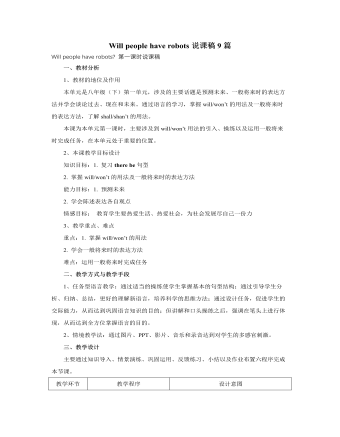
人教版新目标初中英语八年级下册Will people have robots说课稿9篇
- 页数:27页
- |大小:170.00KB
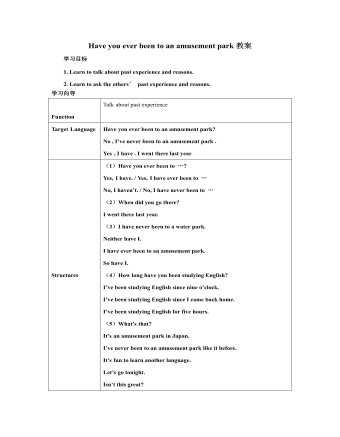
人教版新目标初中英语八年级下册Have you ever been to an amusement park教案
- 页数:10页
- |大小:113.00KB
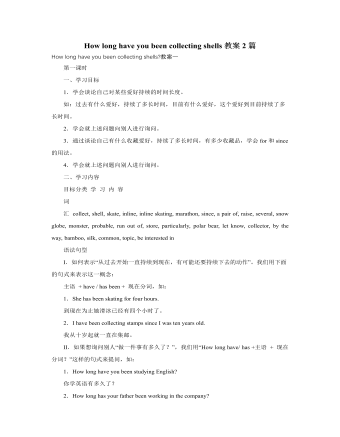
人教版新目标初中英语八年级下册How long have you been collecting shells教案2篇
- 页数:33页
- |大小:183.00KB
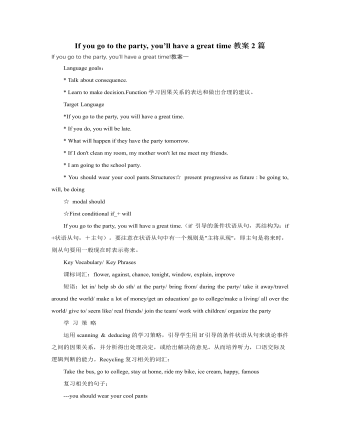
人教版新目标初中英语八年级下册If you go to the party, you’ll have a great time教案2篇
- 页数:25页
- |大小:200.00KB
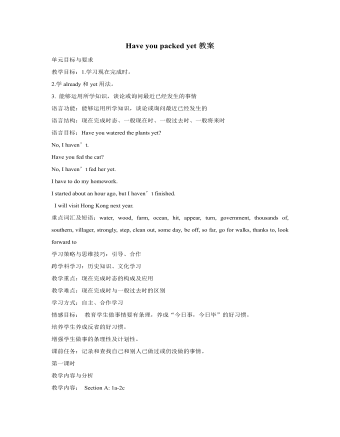
人教版新目标初中英语九年级下册Have you packed yet教案
- 页数:24页
- |大小:103.00KB
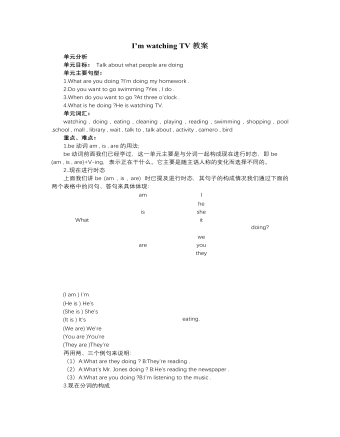
人教版新目标初中英语七年级下册I’m watching TV教案
- 页数:6页
- |大小:61.50KB
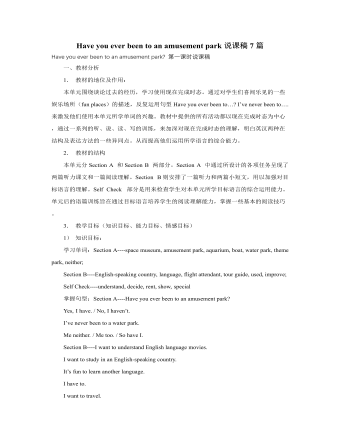
人教版新目标初中英语八年级下册Have you ever been to an amusement park说课稿7篇
- 页数:40页
- |大小:276.00KB
热门课件教案
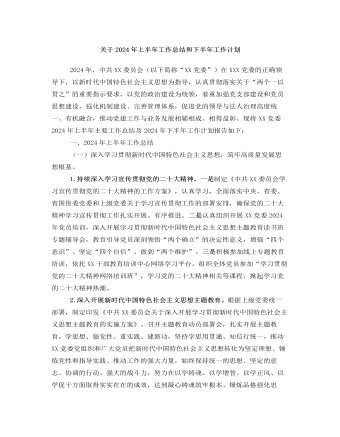
关于2024年上半年工作总结和下半年工作计划
- 页数:5页
- |大小:29.72KB
- 课件教案
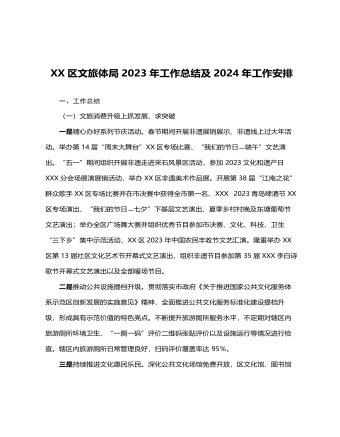
XX区文旅体局2023年工作总结 及2024年工作安排
- 页数:8页
- |大小:32.41KB
- 课件教案
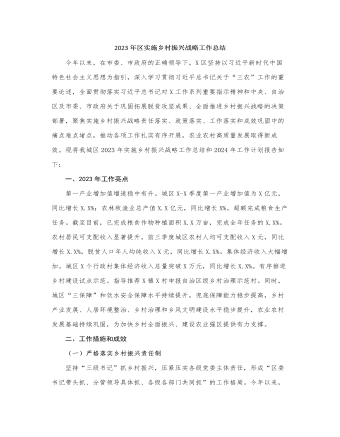
2023年区实施乡村振兴战略工作总结
- 页数:6页
- |大小:27.90KB
- 课件教案

交通运输局在巡回指导组主题教育阶段性工作总结推进会上的汇报发言
- 页数:4页
- |大小:33.41KB
- 课件教案
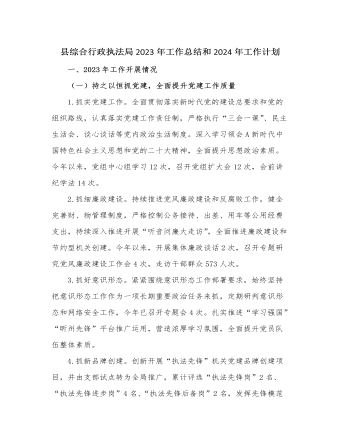
县综合行政执法局2023年工作总结和2024年工作计划
- 页数:8页
- |大小:28.37KB
- 课件教案
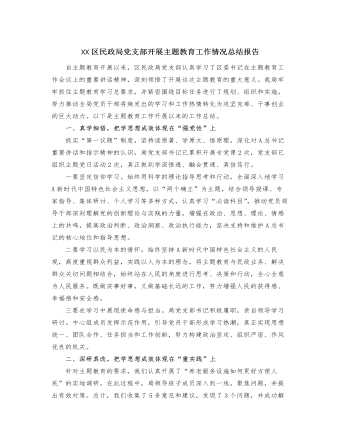
XX区民政局党支部开展主题教育工作情况总结报告
- 页数:3页
- |大小:24.47KB
- 课件教案
今日更新
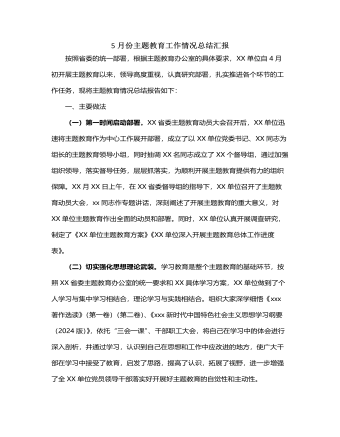
5月份主题教育工作情况总结汇报
- 页数:3页
- |大小:136.87KB

××县招商局2024年上半年工作总结
- 页数:12页
- |大小:142.54KB
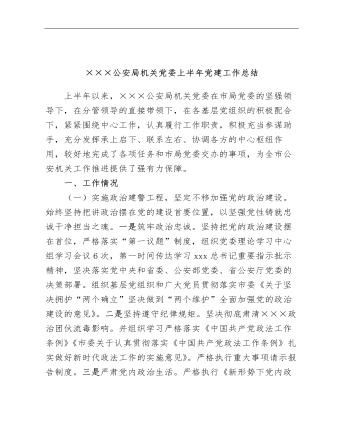
×××公安局机关党委上半年党建工作总结
- 页数:7页
- |大小:186.25KB

《2019—2024年全国党政领导班子建设规划纲要》实施情况的工作总结3800字
- 页数:6页
- |大小:29.16KB
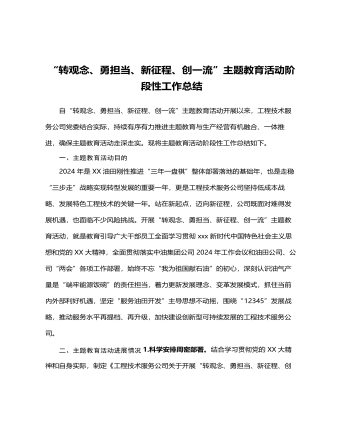
“转观念、勇担当、新征程、创一流”主题教育活动阶段性工作总结
- 页数:3页
- |大小:22.76KB

“四零”承诺服务创建工作总结
- 页数:5页
- |大小:39.83KB











